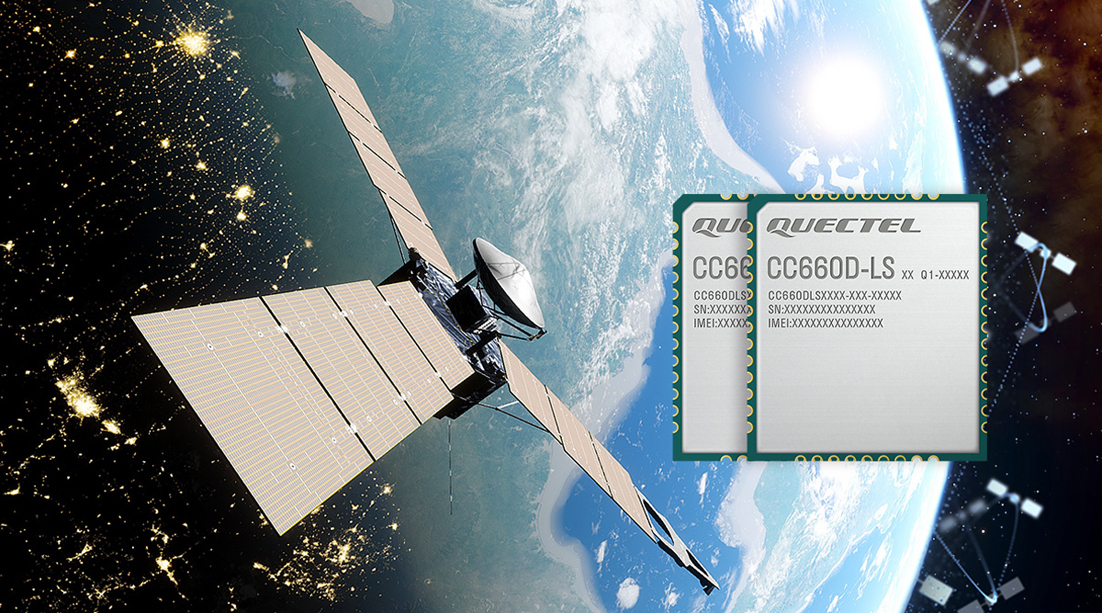Quectel module ensures global coverage
- June 28, 2023
- Steve Rogerson

Quectel Wireless has unveiled a satellite communications module designed to ensure global coverage for seamless connectivity.
The CC660D-LS module offers versatile connectivity options, including L-band, S-band and Band 23. In addition, it supports 3GPP Release 17 IoT non-terrestrial network (IoT-NTN) connections.
By supporting two-way communication, it facilitates not only data transmission but also SMS SOS functionality, allowing emergency notifications when needed. Additionally, the module supports IP and non-IP service network, ensuring enhanced connectivity and service availability.
Power consumption in reduced through the implementation of various power-saving modes. These include discontinuous reception (DRX), extended DRX (eDRX) and power-saving mode (PSM), enabling efficient energy management.
Measuring 17.7 by 15.8 by 2.0mm, it features enhanced AT commands, supports SIM and eSIM, and offers embedded internet service protocols, enabling low latency satellite connectivity via a uart communication interface.
“We’re delighted to announce the Quectel CC660D-LS satellite communication module, which will provide global coverage to a wide range of connected devices,” said Norbert Muhrer, president of Quectel Wireless. “The module supports IoT-NTN connections enabling efficient data communications for low bandwidth applications anywhere on the planet. We’re proud of the CC660D-LS module’s low power consumption and its capability to support deployments regardless of their location.”
It can be effectively used across various industries, particularly those that traditionally struggle to maintain connectivity due to remote locations such as mining, smart grids, and oil and gas pipeline monitoring. It is also suited to applications in the transportation sector to enable vehicle, asset, chassis and container tracking and offers potential for deployment in smart agriculture, environmental monitoring, heavy equipment monitoring and construction fleet management.
Additionally, the module has applications in the maritime sector, including vessel connection and maritime buoys. This expands its reach and usefulness in diverse maritime operations.
Engineering samples are available, and the module is going through the CE and FCC certification processes with mass production scheduled towards the end of the year.




